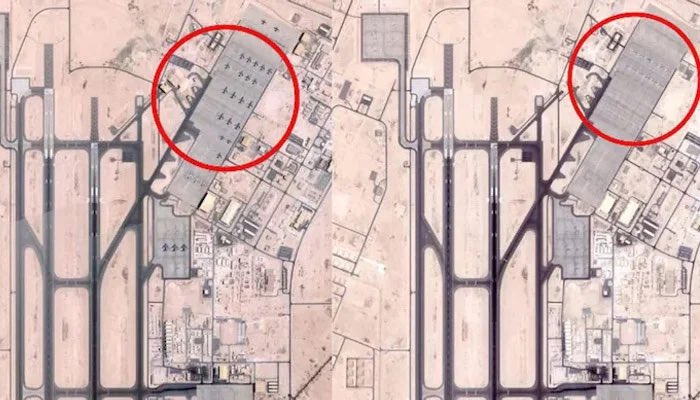The interim government of Bangladesh has accelerated plans to elevate Cox’s Bazar Airport to full international status by the end of July 2025, aiming to transform the airport into a key regional hub for air traffic and aircraft refueling in South Asia. This strategic move aligns with broader ambitions to boost tourism, enhance connectivity, and position Bangladesh prominently in the regional aviation sector.
Following government directives, the Civil Aviation Authority of Bangladesh (CAAB) convened a coordination meeting with customs, immigration, ground handling agencies, and other stakeholders to ensure the airport’s operational readiness. The meeting confirmed that international flights are tentatively scheduled to commence in the last week of July, initially operating from the existing domestic terminal if the new international terminal is not completed on time.
Currently, approximately 85% of the airport’s development work has been completed. The airport’s runway has undergone significant upgrades under the Cox’s Bazar Airport Development Project (Phase 1), including widening from 127 feet to 200 feet and extension from 6,775 feet to 9,000 feet. A further extension to 10,700 feet is underway, with the runway expanding toward the sea to accommodate wide-body aircraft safely at full capacity.
The new international terminal building, spanning nearly 18,000 square meters, is nearing completion and will significantly increase passenger handling capacity. In parallel, advanced navigational and operational systems such as Instrument Landing System (ILS), Distance Measuring Equipment (DME), Doppler VHF Omni-Range (DVOR), Flight Information Display System (FIDS), and Public Address (PA) systems are being installed to meet international standards.
An Airfield Ground Lighting System (AGL) is also being set up to enable night and low-visibility operations, complemented by the procurement of firefighting vehicles to enhance safety.
Project Director Yunus Bhuiyan highlighted that the runway upgrades enable the safe takeoff and landing of fully loaded wide-body jets, a critical factor for international operations. Meanwhile, the airport has already been equipped with aircraft refueling facilities since 2017, further supporting its role as a regional refueling hub.
Currently, Cox’s Bazar Airport operates 19 domestic flights daily on the Dhaka–Cox’s Bazar route, served by Biman Bangladesh Airlines, US-Bangla Airlines, Novoair, and Air Astra. Looking ahead, Middle Eastern carrier Air Arabia plans to launch at least one weekly international flight from Cox’s Bazar, expanding the airport’s international connectivity.
CAAB Chairman Air Vice Marshal Md Monjur Kabir Bhuiyan confirmed that discussions with interested airlines will finalize the international flight schedule by July’s end. Airport Director Golam Mortoza Hossain noted that the chief adviser’s recent site inspection reinforced the July deadline, with all stakeholders committed to completing the necessary work on time.
Once operational, Cox’s Bazar International Airport is expected to serve as a vital gateway for tourism and commerce, enhancing Bangladesh’s stature in South Asia’s aviation landscape and supporting the country’s broader economic development goals.











.jpg)

























.jpg)




















